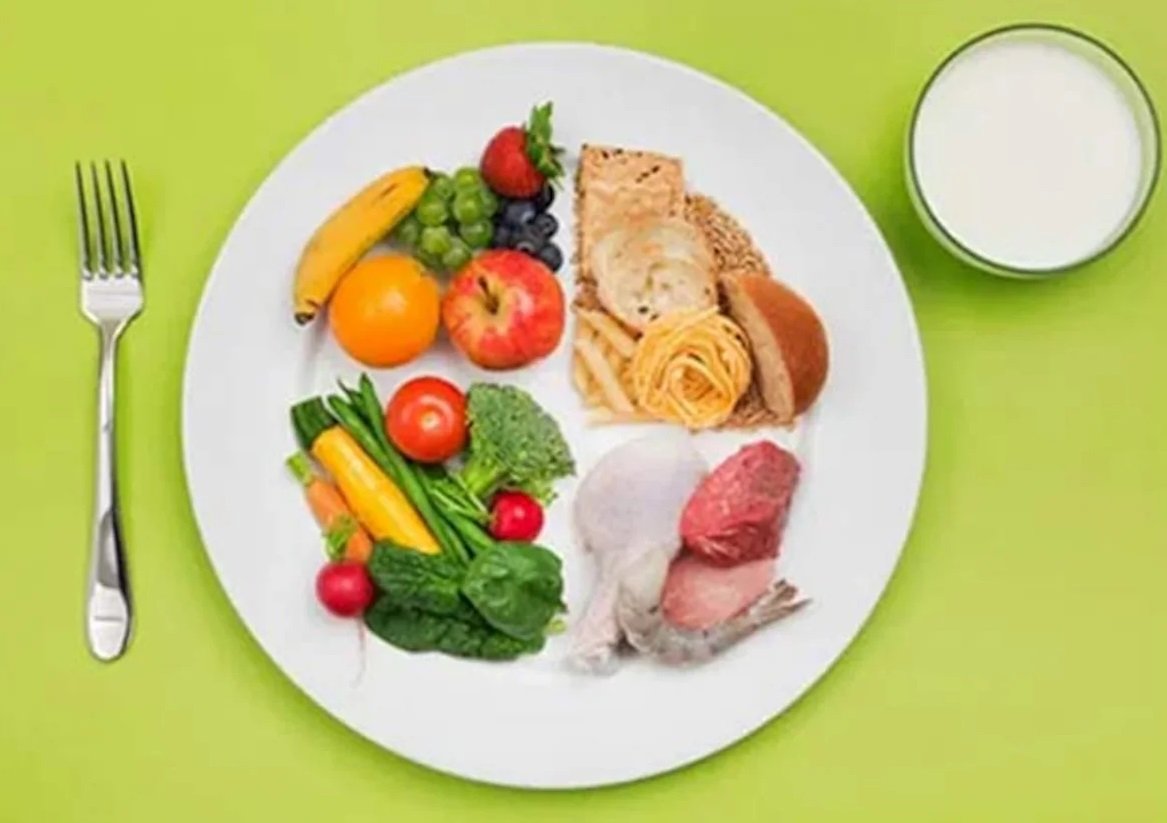Eating healthy doesn't have to be expensive. With the right strategies, you can enjoy nutritious meals without straining your wallet. This guide will provide you with practical tips and recipes for healthy eating on a budget. From meal planning to smart shopping, you’ll find everything you need to maintain a nutritious diet affordably.

The Benefits of Eating Healthy on a Budget
Healthy eating is crucial for maintaining good health, boosting energy levels, and preventing chronic diseases. Eating nutritious foods can improve your overall well-being, enhance your mood, and help you maintain a healthy weight. Moreover, by adopting budget-friendly eating habits, you can save money and reduce food waste.
Smart Shopping Tips
-
Plan Your Meals: Meal planning is the foundation of eating healthy on a budget. Create a weekly meal plan and make a shopping list based on your plan. This helps you avoid impulse purchases and ensures you buy only what you need.
-
Buy in Bulk: Purchasing items in bulk can save you money in the long run. Staples like grains, beans, and frozen vegetables are often cheaper when bought in larger quantities.
-
Choose Seasonal Produce: Seasonal fruits and vegetables are typically more affordable and fresher. Visit local farmers' markets to find the best deals on in-season produce.
-
Look for Sales and Discounts: Keep an eye out for sales, discounts, and coupons. Buying items on sale and using coupons can significantly reduce your grocery bill.
-
Opt for Store Brands: Store-brand products are usually cheaper than name-brand items and often of comparable quality. Don't be afraid to try them out.
Budget-Friendly, Nutritious Foods
-
Beans and Lentils: These are excellent sources of protein and fiber and are very affordable. Use them in soups, stews, and salads.
-
Whole Grains: Brown rice, quinoa, oats, and whole wheat pasta are nutritious and cost-effective. They provide essential nutrients and keep you full longer.
-
Frozen Vegetables and Fruits: Frozen produce is just as nutritious as fresh and often cheaper. They have a long shelf life and can be used in various recipes.
-
Eggs: Eggs are a versatile and inexpensive source of protein. They can be used in many dishes, from breakfast to dinner.
-
Canned Tuna and Salmon: These are affordable sources of protein and omega-3 fatty acids. Use them in salads, sandwiches, or pasta dishes.
Affordable and Nutritious Recipes
-
Vegetable Stir-Fry:
- Ingredients: Mixed vegetables (broccoli, bell peppers, carrots), tofu or chicken, soy sauce, garlic, ginger, and brown rice.
- Instructions: Sauté garlic and ginger in a pan. Add tofu or chicken and cook until browned. Add vegetables and stir-fry until tender. Serve over brown rice.
-
Lentil Soup:
- Ingredients: Lentils, carrots, celery, onion, garlic, vegetable broth, tomatoes, and spices.
- Instructions: Sauté onions, garlic, carrots, and celery in a pot. Add lentils, tomatoes, broth, and spices. Simmer until lentils are tender.
-
Oatmeal with Fruit:
- Ingredients: Oats, water or milk, fresh or frozen berries, honey or maple syrup.
- Instructions: Cook oats according to package instructions. Top with berries and a drizzle of honey or syrup.
-
Egg and Veggie Scramble:
- Ingredients: Eggs, spinach, tomatoes, bell peppers, cheese.
- Instructions: Whisk eggs and pour into a heated pan. Add chopped vegetables and cook until eggs are set. Sprinkle with cheese.
-
Tuna Salad Wraps:
- Ingredients: Canned tuna, Greek yogurt, celery, onions, whole wheat tortillas, lettuce.
- Instructions: Mix tuna, yogurt, chopped celery, and onions. Spoon mixture onto tortillas, add lettuce, and wrap.
Meal Planning on a Budget
-
Plan for Leftovers: Incorporate leftovers into your meal plan to avoid waste. Cook larger portions and use leftovers for lunches or other dinners.
-
Batch Cooking: Prepare large batches of meals and freeze portions for later. This saves time and ensures you always have a healthy meal ready.
-
Simple Ingredients: Use simple, versatile ingredients that can be used in multiple dishes. This reduces the number of items you need to buy.
-
Prepare Your Own Snacks: Instead of buying pre-packaged snacks, make your own. Try homemade granola bars, fruit slices, or veggie sticks with hummus.
Reducing Food Waste
-
Proper Storage: Store food correctly to extend its shelf life. Use airtight containers for leftovers and freeze items you won’t use immediately.
-
First In, First Out: Use older items before newer ones to prevent spoilage. Arrange your pantry and fridge so older items are at the front.
-
Creative Cooking: Use leftovers creatively. Transform roasted vegetables into soups or stir-fries, and use stale bread for croutons or breadcrumbs.
Conclusion
Eating healthy on a budget is not only possible but also enjoyable with the right approach. By planning your meals, shopping smartly, and choosing budget-friendly ingredients, you can maintain a nutritious diet without overspending. Remember, the key is to be resourceful and creative in the kitchen. With these tips and recipes, you’ll be well on your way to a healthier and more affordable lifestyle.


You must be logged in to post a comment.